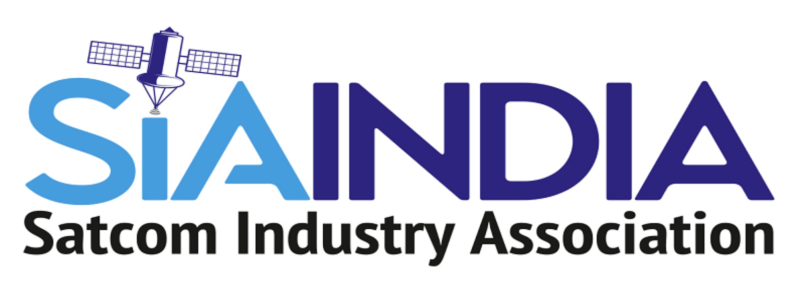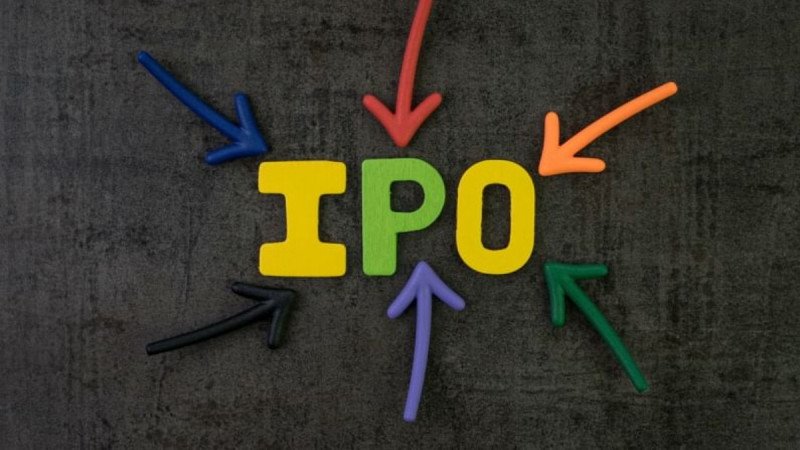SIA-India, an industry association representing major satellite providers, including Inmarsat, Viasat, SES, Intelsat, Telesat, Omnispace, Amazon, AsiaSat, and Hughes Communications, has strongly advocated for the protection of key frequency bands used by satellite communication services, particularly the Ka and Ku bands, from being allocated to terrestrial services.
Satellite communication can provide ubiquitous coverage, ensuring last-mile connectivity and bridging the digital divide. The association has proposed access to the 27.0–31.0 GHz (uplink) and 17.7–21.2 GHz (downlink) bands for Fixed Satellite Services to enhance satcom services, especially in remote and rural areas. SIA-India has appealed for the 27.5–28.5 GHz band to be reserved exclusively for satellite services rather than being transferred to IMT or flexible use, aligning with global practices.
Additionally, SIA-India proposes specific frequency ranges in the Ku and Ka bands for NGSO-based Fixed Satellite Services (FSS). For the Ku-band, the recommended frequency ranges include 10.95–11.2 GHz (downlink, FSS, non-ITU space plans), 12.2–12.75 GHz (downlink for Ku-band NGSO user terminal networks), and 13.75–14.5 GHz (uplink), along with other ranges detailed in their initial submission. In the Ka-band, SIA-India suggests utilizing the 17.7–21.2 GHz range (downlink, FSS, non-ITU space plans) and 27.0–31.0 GHz (uplink). "Any reduction in satellite bandwidth will not only double the gateway requirements but also increase operational costs for satellite operators, ultimately affecting end-users. We must prioritize the preservation of these frequency bands for satellite communication services to avoid unnecessary financial burdens." – Dr. Subba Rao Pavuluri, President, SIA-India
SIA-India recommends establishing the spectrum charges for NGSO-based Fixed Satellite Services (FSS) providing data communication and Internet services at 1% of Adjusted Gross Revenue (AGR). Viable, predictable, and consistent spectrum pricing is necessary to attract investment and ensure socio-economic growth. To foster investment stability, SIA-India advocates for long-term spectrum assignments, proposing a maximum assignment period of up to 20 years with renewal rights, as seen in several international regimes. This approach is designed to provide satellite operators with the necessary confidence to invest in their infrastructure and services over an extended timeframe.
According to SIA-India, establishing strict protection criteria and technical thresholds is essential for maintaining the reliability of satellite services. These measures ensure that satellite communication can consistently meet the evolving needs of users. By implementing such protective standards, the quality of service can be safeguarded in an increasingly competitive spectrum environment, thereby ensuring that satellite services remain dependable and effective in bridging the digital divide.
Regarding interference between satellite earth station gateways, SIA-India acknowledges that while interference between GSO systems is unlikely, potential challenges may arise between NGSO systems. This can be managed through geographic separation and shielding techniques, emphasizing the importance of coordination between satellite operators to mitigate interference risks. Additionally, SIA-India suggests that a single license should suffice for multiple antennas located at one site to streamline operations.
SIA-India expresses concerns about the risks associated with sharing satellite bands with terrestrial networks, particularly fixed services (FS) and IMT. Given the significant potential for interference, SIA-India recommends avoiding such sharing whenever possible. If sharing is unavoidable, it proposes that IMT licenses be issued on a non-protected, non-interference basis to ensure that satellite services remain unaffected.
"Reliable access to spectrum and orbital resources is crucial for satellite services to adapt to the dynamic demands of commercial, civil, and military sectors. Protecting crucial satellite frequency bands is not just about preserving industry interests; it is essential for ensuring equitable access to communication services for all citizens, particularly in remote and underserved areas. This protection will enable satellite technology to bridge the digital divide and drive economic growth." – Mr. Anil Prakash, Director General, SIA-India
The association calls for clear guidelines on the authorization process for instances when a single satellite operator seeks to provide both gateway earth station and user terminal services. Establishing these guidelines is essential to ensure a streamlined and efficient framework that supports the growth and reliability of satellite communication services.


